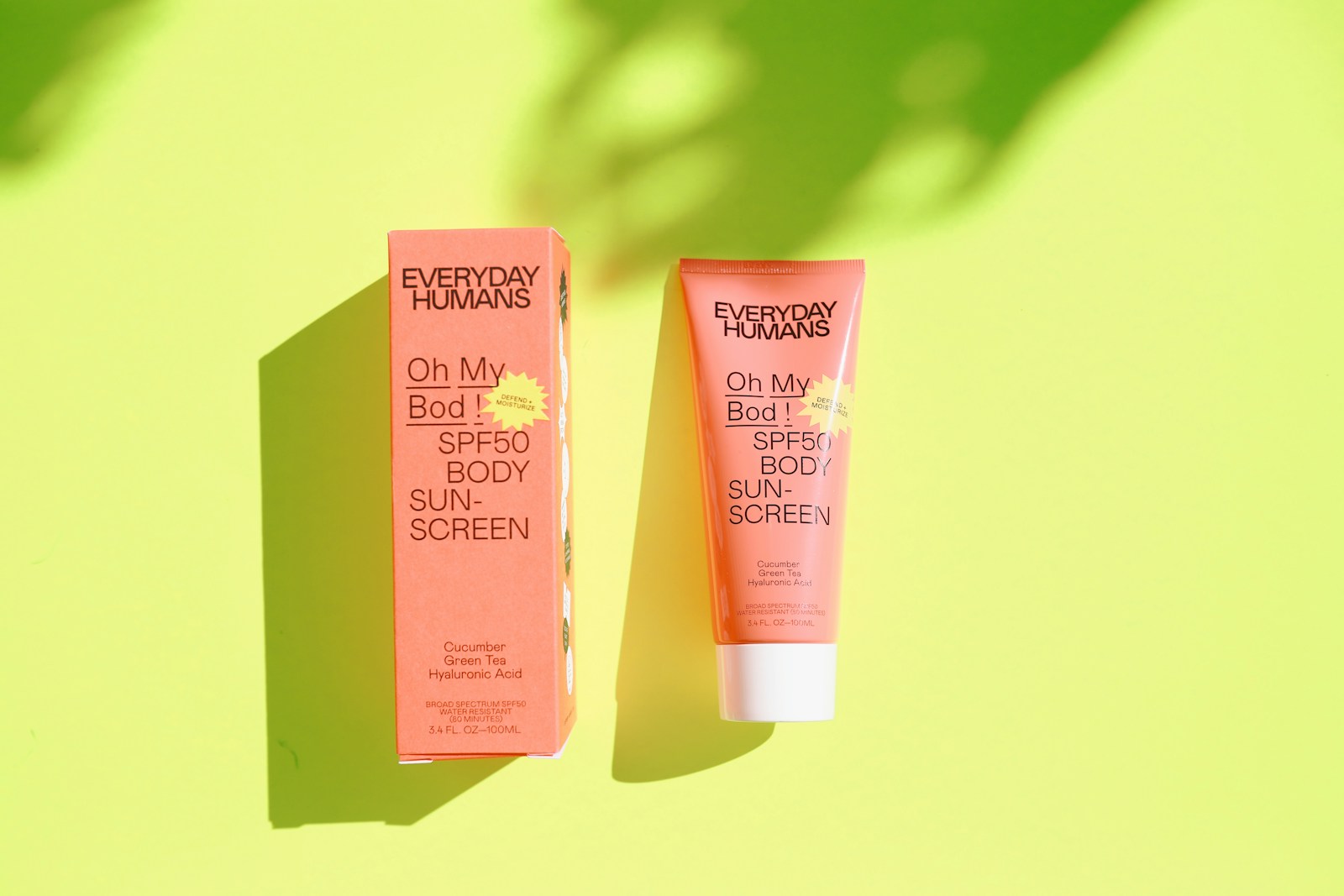


Sunscreen has become an essential part of our skincare routines, but many of us are still confused about SPF, how it works, and which sunscreen is best for our skin type. This article provides a comprehensive guide on everything you need to know about SPF and making an informed choice about sunscreen.
Demystifying SPF
SPF or Sun Protection Factor is a measure of a sunscreen’s ability to protect your skin from the sun’s harmful radiation. The sun emits two types of radiation, UVA and UVB rays. UVA rays are responsible for signs of aging such as wrinkles and sagging skin, while UVB rays are more cancer-causing and often lead to sunburns. UVA rays can also intensify the effects of UVB rays, making them a lethal combination.
SPF in sunscreen helps extend your skin’s natural defenses against these harmful rays. For instance, an SPF of 15 means it provides 15 times more protection than your bare skin. Similarly, an SPF of 50 provides 50 times more protection. Choosing a broad-spectrum sunscreen ensures that it will block both UVA and UVB rays.
However, SPF alone isn’t enough. It’s important to apply sunscreen correctly and frequently for optimal protection.
Is High SPF Necessary for Dark Skin?
A common myth is that individuals with darker skin don’t need sunscreen. However, research shows that rates of deadly skin cancer were higher among Black participants. So, regardless of skin tone, everyone should wear sunscreen with a minimum SPF of 30.
Sunscreen for Babies and Toddlers
Sunscreen can be potentially harmful to babies under 6 months old due to their sensitive skin and greater risk of side effects from the chemicals in sunscreen. Therefore, it’s best to keep babies under 6 months old in the shade and dress them in protective clothing to prevent sun exposure.
For babies older than 6 months, choose a sunscreen of at least SPF 30. Most baby sunscreens are SPF 50. Special ingredients in baby sunscreens help prevent the baby’s delicate skin from breaking out or getting irritated.
Does SPF Determine Sunscreen’s Duration of Protection?
Generally, sunscreen lasts for an average of two hours. So, you should plan to reapply sunscreen every two hours. If you sweat a lot, notice your skin burning, or spend time in the water, you’ll want to reapply more frequently.
How to Choose the Right Sunscreen
Choosing a sunscreen largely depends on your outdoor activity and skin type. Here are the different types of sunscreen you can choose from:
- Water-resistant sunscreen: Ideal for water activities, but may not be suitable for sports that cause the sunscreen to drip into your eyes. Remember, no sunscreen is entirely waterproof.
- Spray sunscreen: Popular among parents due to its convenience. However, spray sunscreen may release harmful chemicals that can be inhaled, so it’s better to use cream-based sunscreen.
- Broad-spectrum sunscreen: Blocks both UVA and UVB rays, and is always the best choice.
- All-natural sunscreen: Usually mineral-based. These may not work as well as chemical sunscreens, but those with a base of olive oil or coconut oil provide the most protection due to their natural SPF.
- Low vs. high SPF: Many sunscreens don’t work as well as advertised. SPFs above 50 don’t provide more protection, but there’s a chance that a bottle labeled as SPF 50 might be less. So, when in doubt, go with SPF 50.
Can You Tan with Sunscreen On?
Yes, it’s possible to tan while wearing sunscreen. Sunscreen needs to be continually reapplied as it can be rubbed off, sweated off, or washed away if you’re spending a lot of time in the water.
The Bottom Line
Using sunscreen is crucial in reducing the harmful effects of UVA and UVB radiation from the sun. Adults of all ages and skin colors should use at least an SPF of 30 during all outdoor activities. Children over 6 months old should wear cream-based sunscreen with at least SPF 30. In addition to sunscreen, protective clothing and shade can also help protect you from the sun’s harmful rays.
